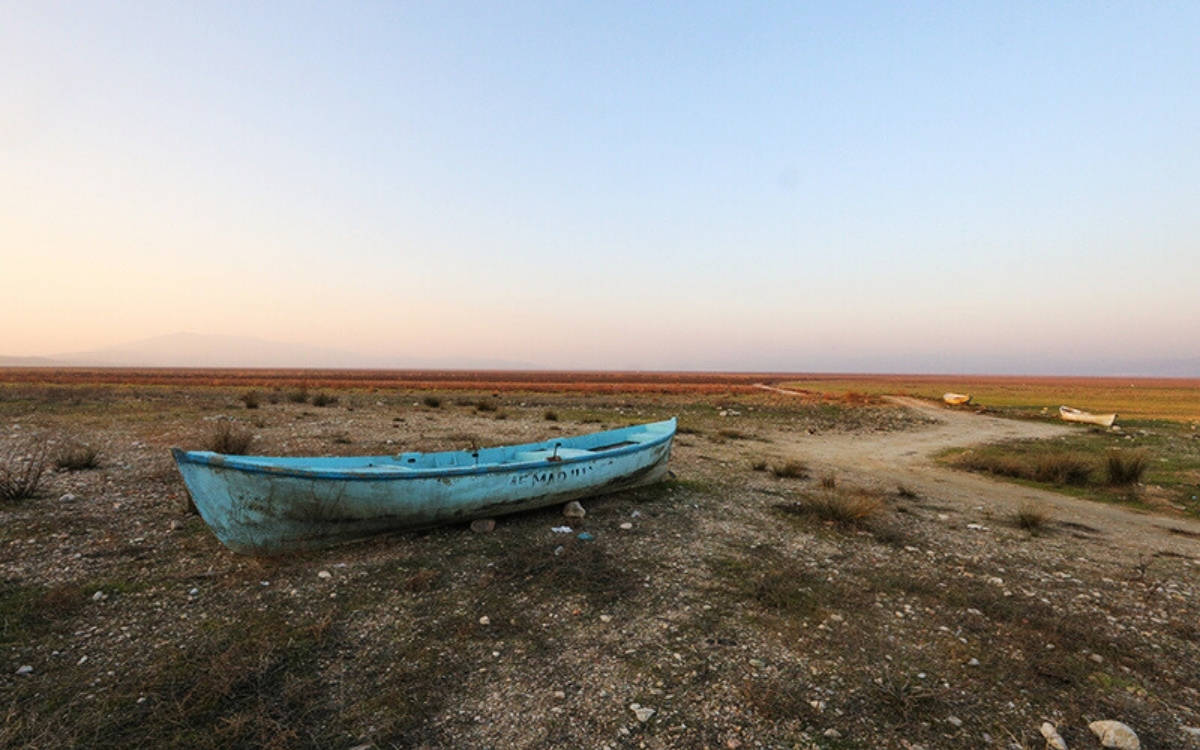More than one-third of Turkey's provinces are categorized as having 'very high' or 'high' climate risk according to a new academic study which evaluates the climate risks and vulnerabilities of 81 provinces in Turkey.
The provinces identified as being at the highest risk include Amasya and Tokat in the north; Mersin and Kahramanmaraş in the south; Kayseri in Central Anatolia; and Muş and Ağrı in the east.
Temperatures on the rise nationwide
In order to understand climate risks and vulnerability, the changes in the measurements of various meteorological parameters such as average and maximum temperatures, number of hot days, number of tropical nights, changes in total rainfall amount, and the number of days with heavy rainfall are examined.
Consistent with previous studies, the new 2022 study also shows that temperatures have risen in almost all of Turkey. Both average temperatures and maximum temperatures are increasing in 77 out of 81 provinces. The number of hot days is also on the rise in 79 provinces.
An increase in tropical nights is observed in 58 provinces including coastal provinces. One significant reason for this trend is the increase in tropical nights recorded along the Mediterranean coast. Among the provinces in this region, Mersin stands out with both average and maximum temperatures, as well as the number of hot days where temperatures exceed 30 degrees Celsius.
When it comes to rainfall, it's not possible to speak of a uniform increase affecting the entire country, but the situation is different for 10 provinces mostly located in the Black Sea Region. Similarly, in 17 provinces, most of which are located in the Black Sea region, there is also an increase in the number of days with heavy rainfall.
Cities are vulnerable to heatwaves
The study's examination of heatwaves reveals that Turkey's inland areas and southern provinces are particularly at high risk. İstanbul, Ankara, Kayseri, and Gaziantep stand out as four provinces with a very high risk of heatwaves. These four provinces, with a population exceeding 21 million, are also areas where vulnerable populations, such as children, the elderly, low-income groups, and those under temporary protection status, are concentrated, making them particularly sensitive to the climate crisis.
Mersin is the province with the highest risk of heatwaves, while Şırnak and Urfa stand out as the most vulnerable provinces. Istanbul, on the other hand, is the province with the highest exposure to heatwaves.
In this context, 'exposure' refers to the presence of both humans and other living beings, as well as vulnerable infrastructure, in areas where climate-related hazards occur. The abundance of these systems in areas where the danger occurs increases exposure.
Drought a risk for Red List species
Another climate risk examined in the study is drought. According to the study results, 30 out of 81 provinces are under high or very high risk of drought. These provinces also serve as the driving force behind agricultural production. In these provinces, the rural population is economically dependent on agricultural production, while the urban population relies on it for food access.
These provinces facing the risk of drought also host a significant number of species classified in the International Union for Conservation of Nature (IUCN) Red List category as 'threatened' and are home to a noteworthy number of endangered species. Forty-six percent of the species listed as 'threatened' in the Red List in Turkey are found in these 30 provinces. These species, already under threat, could face even greater risks with the increasing frequency and intensity of drought events. (TY/PE)





